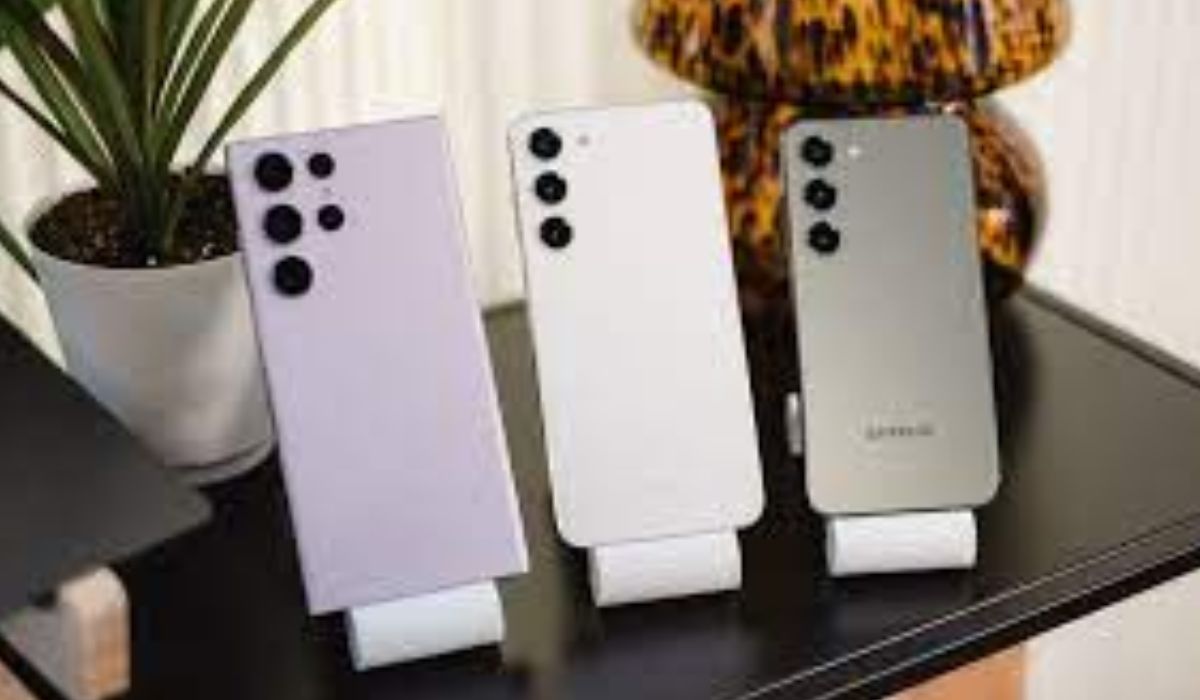OpenAI wants to make sure teachers understand that it’s difficult to tell whether content has been created by AI or humans. They’ve mentioned in their FAQs that although there are tools out there claiming to do this, none of them are very reliable. This is important because many students use these tools to write their assignments.
OpenAI also explained that even their own AI chatbot doesn’t have any special knowledge about whether something is AI-generated or not. So, if you ask the chatbot, it will just give random answers that aren’t based on any real information.
They went on to say that when they tried to teach their AI to recognize AI-generated content, it sometimes got things wrong. For example, it thought pieces of writing like Shakespeare’s work and the Declaration of Independence were made by AI. So, even if these tools could actually spot AI-generated content (which they can’t do reliably yet), students could still make small changes to trick the system.
How to Detect Copied Assignments?
To fight with this issue, OpenAI has announced a few guidelines that educators can follow. To find out if the students have copied their assignment from ChatGPT, OpenAI recommends that teachers can come up with distinctive questions about the material and assess how well their students grasp the assignment based on the responses. However, it’s important for them to be cautious and think about any potential biases in the information they receive.
Moreover it stated, “Sharing interactions with the model ensures that students are held accountable for the way they use AI in their work. Educators can verify that students are engaging with the tool responsibly and meaningfully, rather than simply copying answers.”
As per the OpenAI guidelines, users must be at least 13 years old to use ChatGPT. Users in the age bracket of 13–18 years are required to have parental or guardian permission to use ChatGPT.
Also read: WhatsApp Unveils Exciting New Design for Android and iOS Testing









